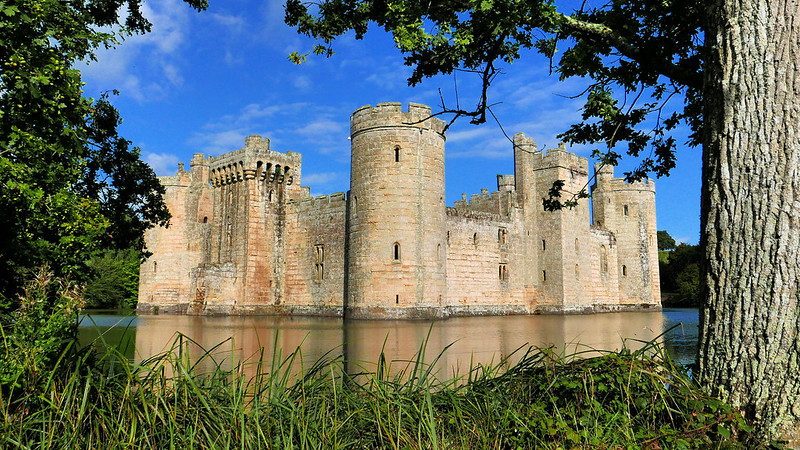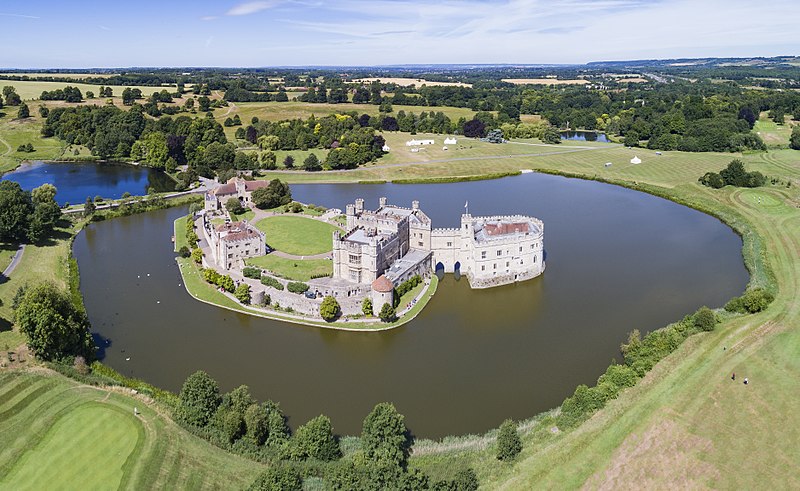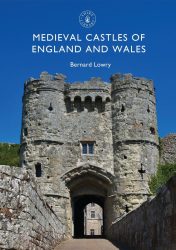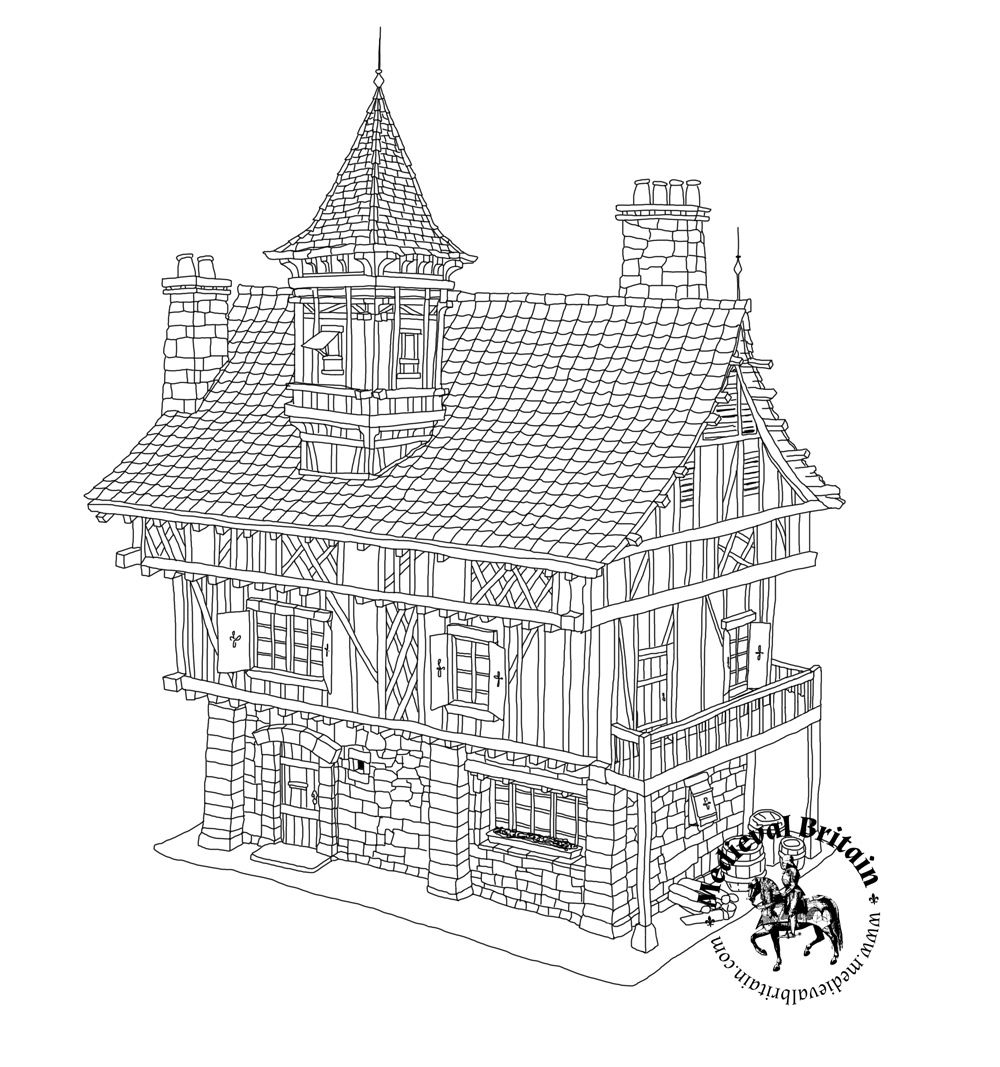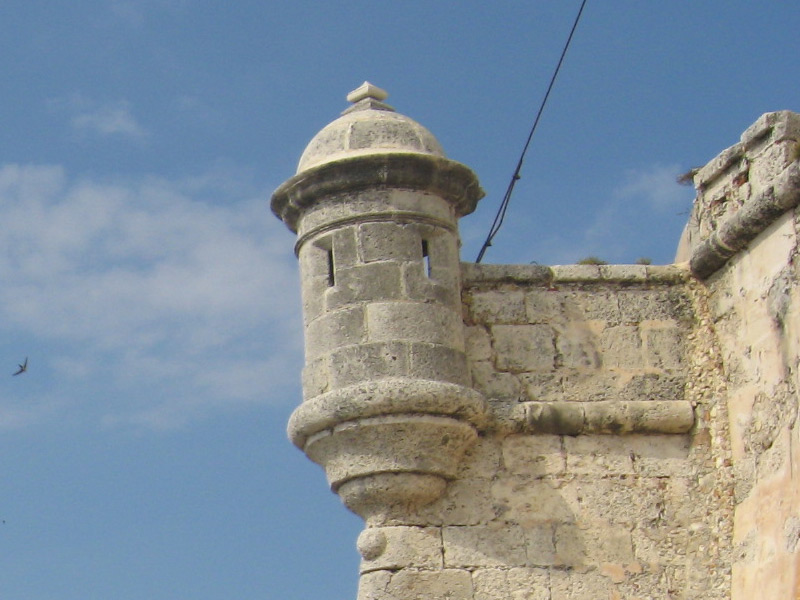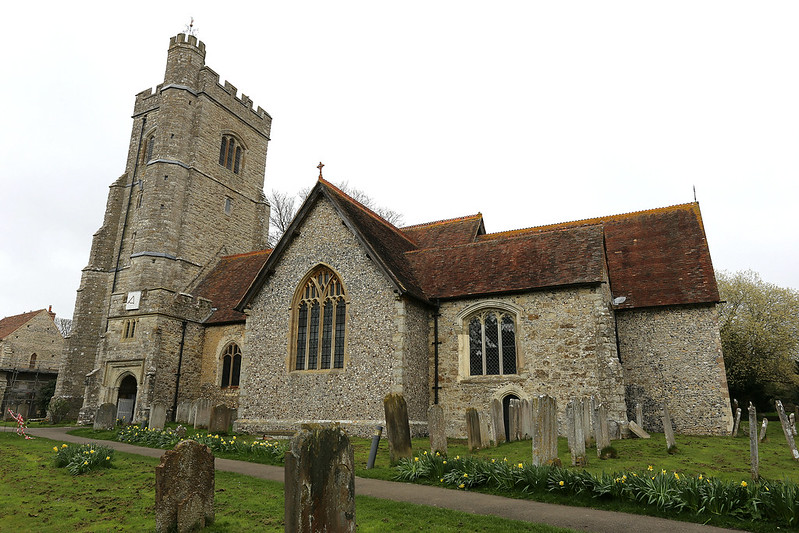Medieval architects used natural defences such as cliffs, rivers, ditches, and ravines to fortify their castles. Building fortresses on sites that were naturally defensive, such as on top of a mountain, provided them with a unique strategic advantage. When no mountain was available, people would create their own hills – many motte and bailey castles are man-made. In flat areas, rivers could be diverted, moats built, and islands created.
Castles on Mountain Tops and Cliffs
Cliffs and mountain tops served the same purpose as moats: To deter attackers from reaching the walls. Hilltop castles were built on the summit of a mountain or hill and offered the chief advantage of sometimes rendering them virtually inaccessible. The flanks of the mountain made assaults difficult. Hilltop castles were introduced by the Franks with the main aim of hindering the deployment of heavy siege machinery.
Hilltop castles also had an additional advantage: They commanded an excellent field of view and fire over the surrounding area. Not to mention that hill castles were seen as having an enhanced status as a residence.
Constructing and maintaining a hilltop castle also had its difficulties. Water had to be pumped or carried up, and food and goods had to be transported as well. Hilltops also tended to have more adverse weather, making the living conditions not entirely comfortable. These castles were also usually isolated and made it tricky for soldiers and cavalry to withdraw to them.
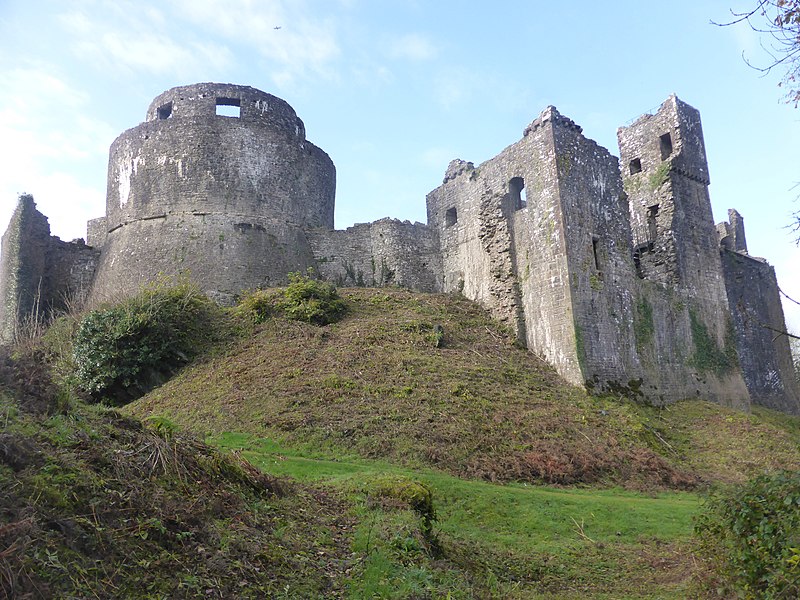
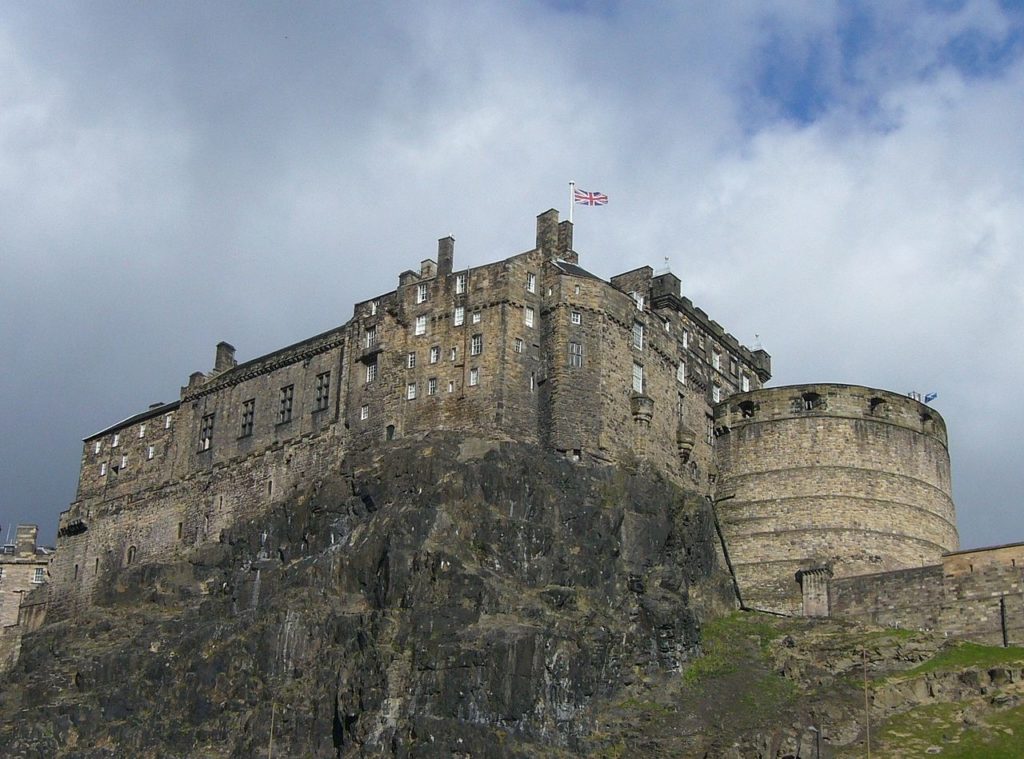

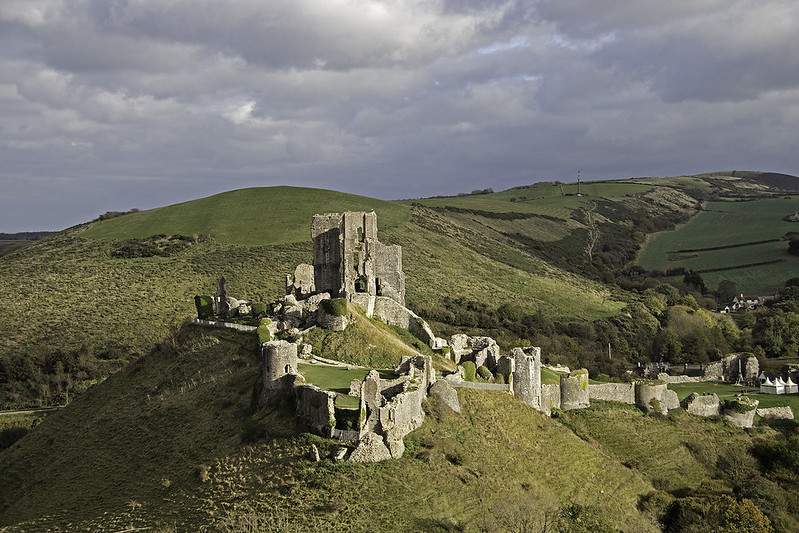
Castles in Rivers and Lakes
Rivers were able to provide castles with a natural moat. This provided two main advantages: Free natural defences, and a guaranteed water supply.
Bodies of water made fortifications less accessible to attackers and could significantly slow down the enemy. Lakes, for example, served this purpose. Mont Saint-Michel, in France, stands one kilometre off the coast of Normandy at the mouth of the Couesnon River.
Artificial lakes were also used, for example at Caerphilly castle. in order to reach a castle surrounded by water, attackers had to launch ambitious amphibious attacks by boat.
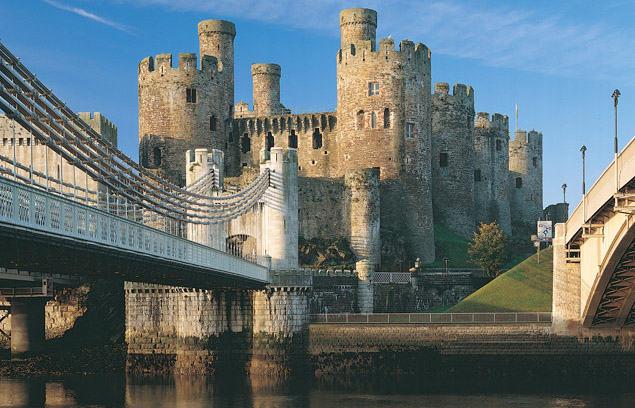
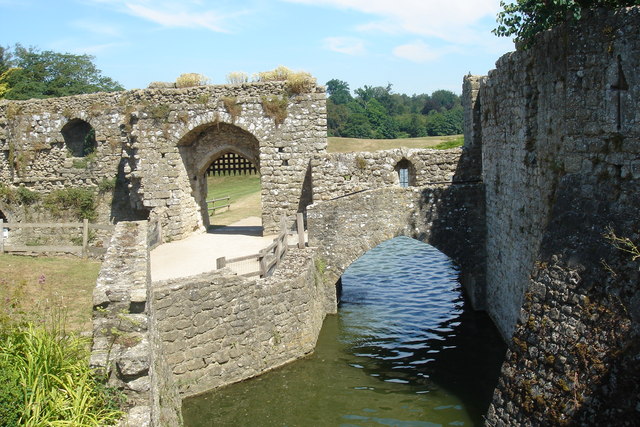
Castles in the Marsh or Bog
A marsh or marshland castle is a type of lowland castle situated in the boggy countryside. The natural inaccessibility of the terrain serves as a defensive advantage and is used an obstacle to an approach.
some castles were built on firm land while having adjacent areas of marsh or bog. These castles were more popular in the lowlands of rivers flowing into the East and North Sea between Lower Saxony and Mecklenburg. They were also used by the Slavic peoples as early as the Early Middle Ages.
When the construction of a castle didn’t rest on drier natural conditions such as raised land, builders had to use compressed earth and mixed materials to try to seal in the wetness. They would frequently use clay and rest the foundations on wooden beams. There were, however, permanent challenges to maintaining these constructions. Castles in swamps or marshes were most often just a temporary phenomenon.
